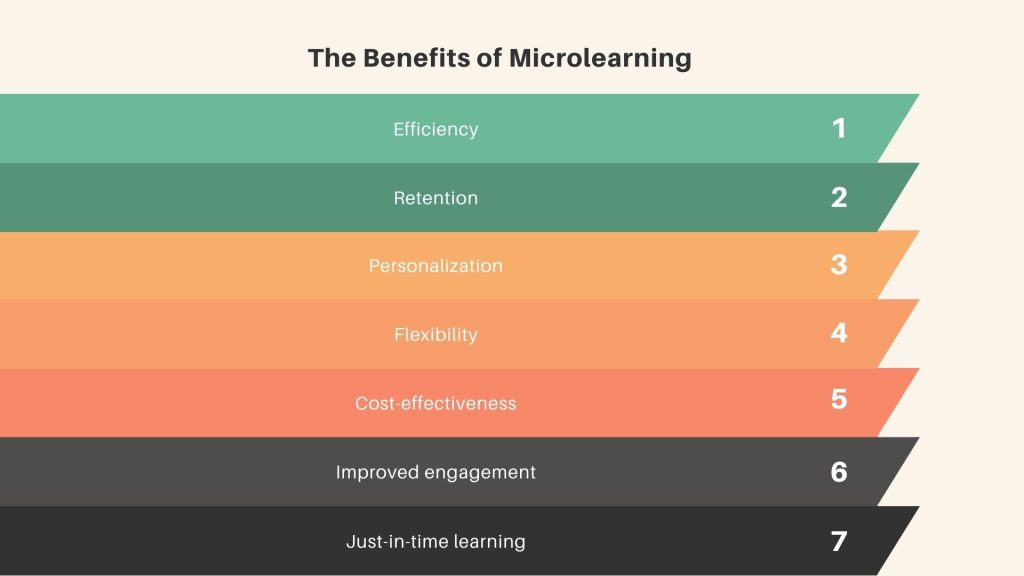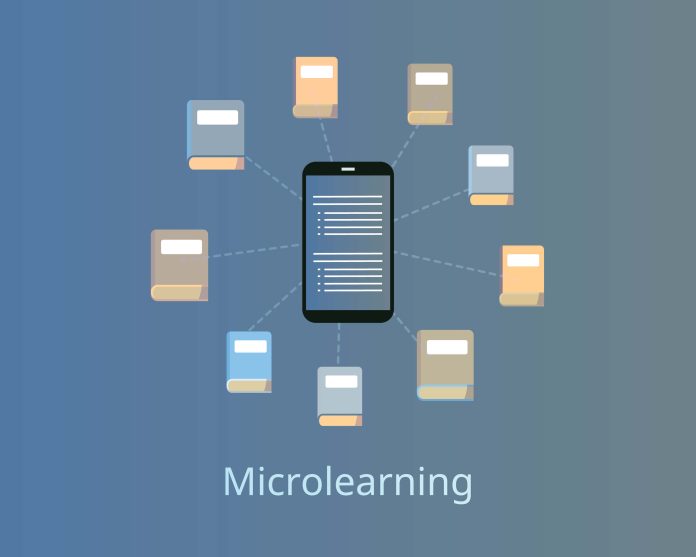
Learning habits are changing faster than ever. Even individuals within the same organization have different preferences for acquiring new knowledge and skills. In some cases, those preferences will depend on the employee’s generation.
What characterizes Millennials, Gen Z, and now Gen Alpha? They were born with smartphones in one hand, along with on-demand access to the Internet. Interesting fact: The younger the generation, the faster they watch YouTube videos. You will not find a representative of Gen Z who will leave the playback speed at the normal level. Expect that they will watch the video at least 1.5x speed.
This shift in how we consume and process information is challenging traditional training methods, which struggle to keep learners’ attention. What is especially relevant to corporate training is that Zoomers will make up a significant 27 percent of the entire workforce in 2025.
Microlearning is a bridge to today’s learners, delivering complex topics in short, manageable pieces. Whether it’s a five-minute video, a quick quiz, or a short lesson, microlearning makes it easier for employees to stay engaged. This study shows a convincing 83 percent completion rate for a 10-minute microlearning course vs. only 20 percent to 30 percent for a standard. course.
Such statistics clearly show the need for innovative approaches to corporate training and employee development. Microlearning provides an answer to this need.
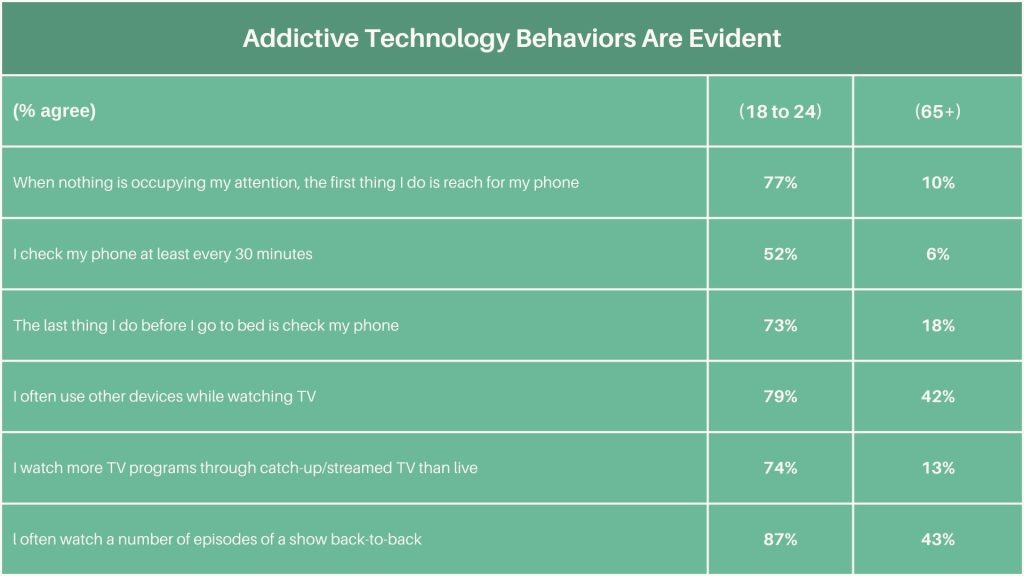
Why Is Microlearning so Effective for Employee Development?
Microlearning as a learning method is different in that it offers individual small portions of training content. The content focuses on a single skill or topic instead of providing broad material at once. Breaking down information into segments does not overload employees, allowing them to better perceive and remember information.
Research in cognitive psychology successfully proves the sad fact that we forget a large part of acquired knowledge. Hermann Ebbinghaus’s “Forgetting Curve” studies show that without reinforcement, learners lose approximately 50 percent of new information within one hour and up to 80 percent within days or weeks. Microlearning has been able to improve this percentage of knowledge loss.
In fact, learners who participated in microlearning sessions along with practical, hands-on activities demonstrated a 17 percent increase in knowledge retention compared to conventional lecture-based teaching methods. (Dresden University of Technology, https://www.scribd.com/document/265348695/Microsoft-Attention-Spans-Research-Report)
Why Microlearning Works: The Science of Engagement and Retention
The human brain itself is the clear proof that microlearning works. Numerous studies show that we remember information more easily when we receive it in pieces. The successful study of a particular topic in itself gives us additional motivation to continue learning.
Compared to macrolearning (longer sessions that cover broad topics), microlearning helps learners concentrate on each concept without frustration.
A study in the Journal of Applied Psychology found that learners who used self-paced microlearning retained 23 percent more information than those in group learning sessions of the same length. Another study showed that trainees with logical learning styles improved critical thinking skills by 28 percent with problem-solving microlearning modules, compared to traditional long-form materials.
Microlearning gives learners a sense of progress, which keeps them motivated. Short lessons and quick quizzes make learning feel manageable and rewarding.
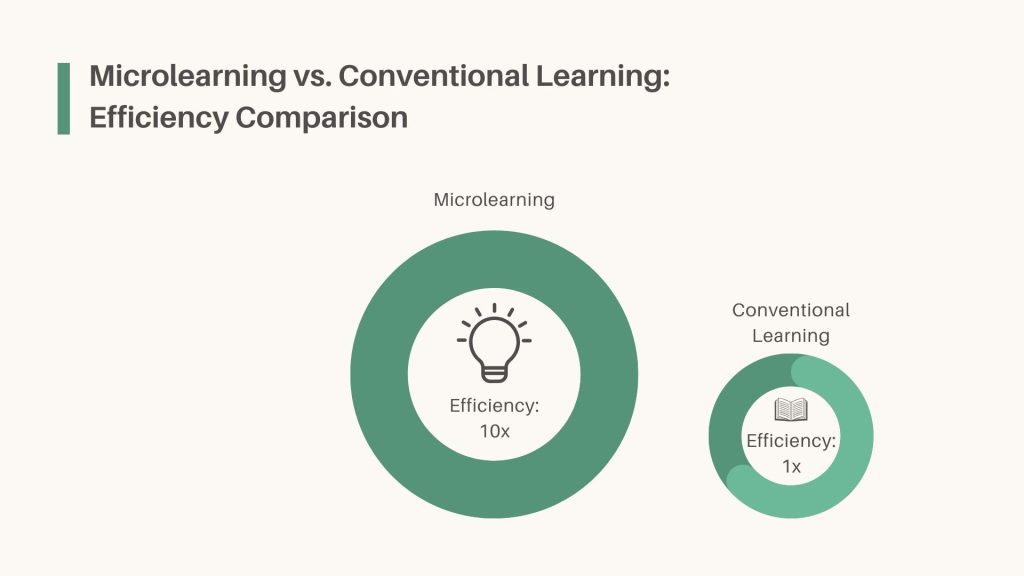
Typical Use Cases Where Microlearning Excels in Corporate Training
- Onboarding new employees. New hires often feel overwhelmed during onboarding. Microlearning simplifies the process with self-paced modules that introduce company policies, workplace tools, and team structures in short, engaging lessons. Employees can revisit these lessons as needed.
- Technical skills and compliance training. Microlearning is greatly beneficial for roles requiring technical knowledge or compliance adherence. Quick video tutorials and quizzes can help employees review safety protocols, industry regulations, or software updates in small, focused units.
- Reinforcing concepts after workshops. After every workshop or training session, employees can use microlearning modules to reinforce what they’ve learned. For example, IT professionals can practice troubleshooting scenarios, and customer service teams can review strategies for handling specific situations.
- Refreshing knowledge after extended leave. Microlearning refreshes employees returning after vacation. Short lessons help them quickly regain familiarity with tools, workflows, or updates introduced during their days off.
How to Implement Microlearning in Corporate Training Programs
If one of the demonstrated microlearning implementation models resonates with what you would like to see in your organization, let’s select a way to implement it.
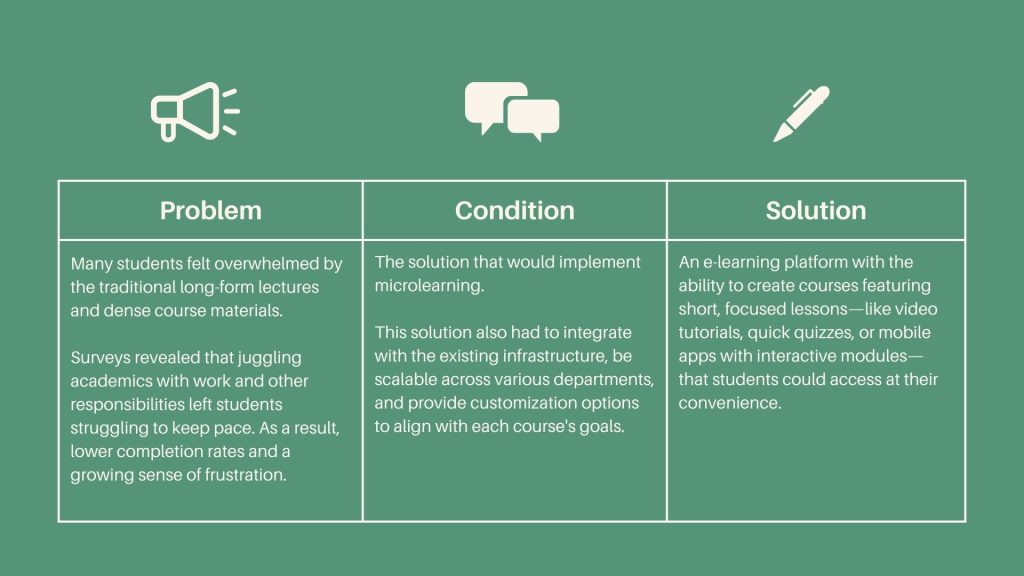
Although the concept of microlearning differs from the classic employee development methods, getting started is simpler than before. The increase in revenue per employee by 218 percent in companies using training programs based on microlearning proves the benefit of such an approach.
Here is a step-by-step guide for implementing microlearning in corporate training programs:
- Identify key skills and knowledge areas. For example, these might include compliance updates, technical skills, or soft skills such as communication and teamwork.
- Create short, focused lessons. Once identified, create short, focused lessons around these topics.
- Use multimedia formats. Such formats include videos, infographics, and quizzes to keep employees engaged.
- Integrate training into daily workflows. Hosting training modules on platforms employees already use provides easy access and promotes regular participation.
- Use analytics for improvement. Combining microlearning with an eLearning platform allows companies to track progress and results.
Takeaways
Technology is constantly developing. Using a learning management system (LMS) and the capabilities of mobile applications that integrate with it, we can successfully implement microlearning in a few steps.
Some open-source e-learning platforms, such as Open edX, Moodle, or Canvas, already support modular course structures. Institutions can create and manage micro-courses at scale with the benefits of gamification, analytics, learning management systems, and mobile-friendly interfaces.
For example, programs such as Duolingo, Quizlet, and other mobile learning apps make it easier for students to work with microcontent wherever they are and contribute to better retention and continuous practice.
As we can see, the future of microlearning looks promising. We can expect to see even more innovative tools and techniques that will help organizations create an online educational environment that does not replace but rather completes and expands traditional forms of corporate training.


